How to grow delphiniums: Which ones to plant, where to place them, and how to make them thrive
We may not all be able to grow the sort of delphiniums that are on display at the Chelsea Flower Show, but even in ordinary gardens these statuesque plants still turn heads. John Hoyland shares his expert tips.

Visitors to the RHS Chelsea Flower Show know all the plants there are grown to the highest of standards, but there is one family that consistently outshines all the others: delphiniums.
Impossibly tall and perfectly proportioned, their spires of delicate flowers often elicit gasps of astonishment and many gardeners make an annual pilgrimage to marvel at the growers’ skills and be dazzled by the opulence of the flowers.
Seasoned gardeners take most plants in their stride, but delphiniums can intimidate even the most experienced of us. Achieving the same calibre of display in the rough and tumble of the British garden is beyond the abilities of most gardeners, but the good news is that are plants that don’t need to be the mollycoddled supermodels of the show bench to make an impression; even a poorly grown delphinium will still turn heads.
Follow this advice and you'll have delphiniums to be proud of.
Six tips for growing delphiniums
1. Start off with a good plant.
A named hybrid from a specialist nursery should be reliably perennial. If you buy a seed-sown plant, be prepared for it to last only one year.
2. Choose a sheltered, sunny site, away from wind
Even moderate winds will dry the plant out and can snap the stems.
3. Good drainage and a rich soil are essential
On heavy soils, add loads of grit. Incorporate a bucket of compost or manure when planting.
Exquisite houses, the beauty of Nature, and how to get the most from your life, straight to your inbox.
4. Check constantly that they have enough water
In the height of summer, even established plants can dry out. Check weekly for signs that the plant might be wilting, and water if necessary.
5. Feed them with compost in spring
In spring, place a mulch of garden compost around the base of each plant.
6. Delphiniums need staking, but do it nicely
Tall bamboo canes are ugly and obtrusive. Semi-circular metal supports are effective if they are placed around the plant when they reach about 2ft tall. Hazel stems can be woven or tied into a supportive framework that becomes hidden among the foliage.
Six best delphiniums to grow in your garden
Delphinium ‘Cassius’
A floriferous hybrid that has many branches off the main stem. The eye-catching flowers have an outer row of blue petals and an inner ring of mauve ones that produce a two-tone effect. By the end of the season, the whole flower has faded to a pale blue. £15 from Blackmore & Langdons
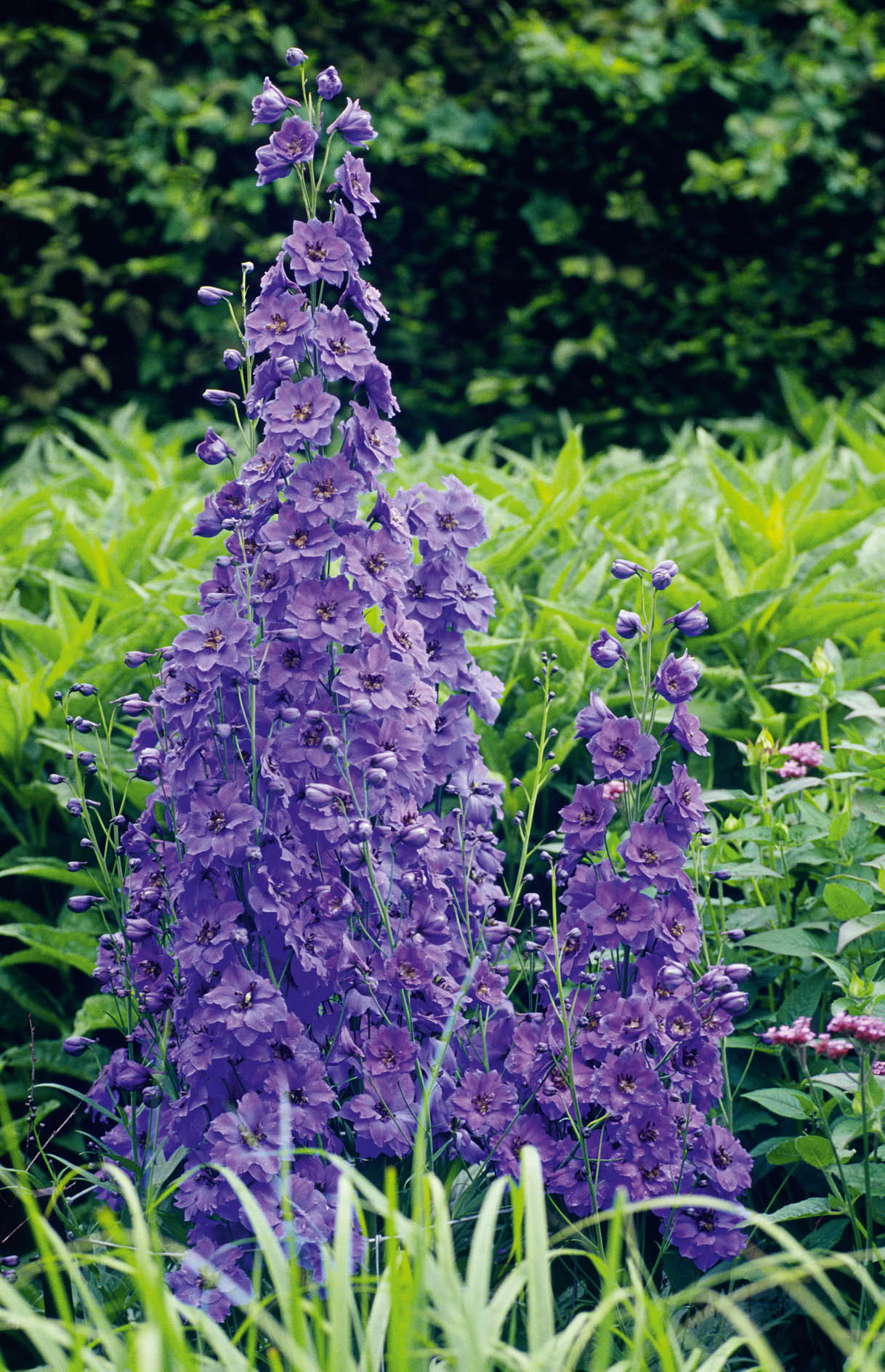
Delphinium ‘Mighty Atom’
An old cultivar with vigour that has helped make it a popular plant for decades. The semi-double, dark-violet flowers are tightly packed along the stem. At 4ft tall, it is much shorter than most delphiniums. £11.24 from Crocus

Delphinium ‘Fanfare’
The pale-mauve flowers have a silvery sheen on the petals and are an unusual colour for a delphinium. The flowers are tightly packed along the stem, which grows to 6ft tall. £15 from Blackmore & Langdons
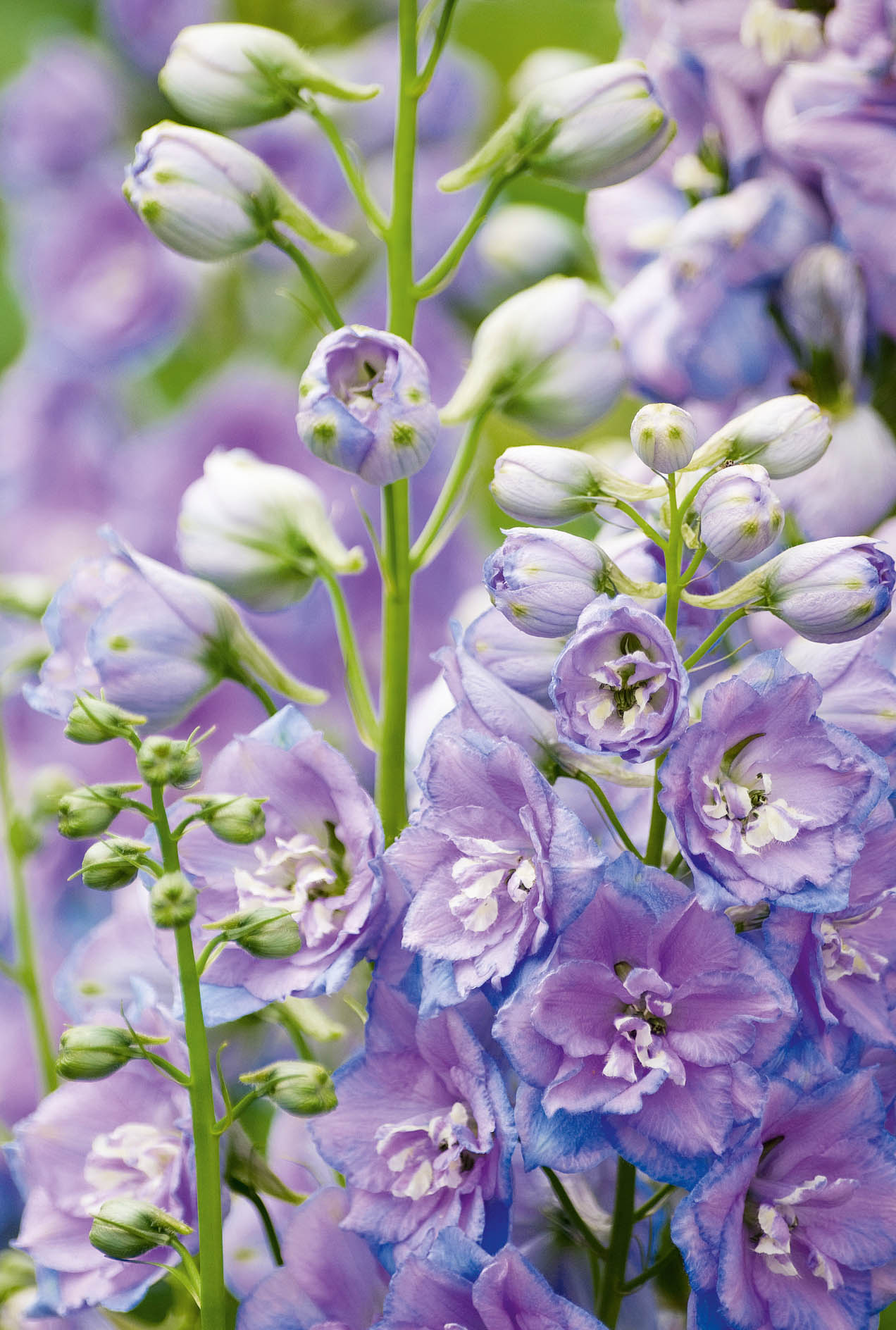
Delphinium ‘Strawberry Fair’
A 6ft hybrid with lavender-pink flowers, a favourite of cut-flower growers for its ability to hold its shape and colour in a vase. £9.74 from Crocus
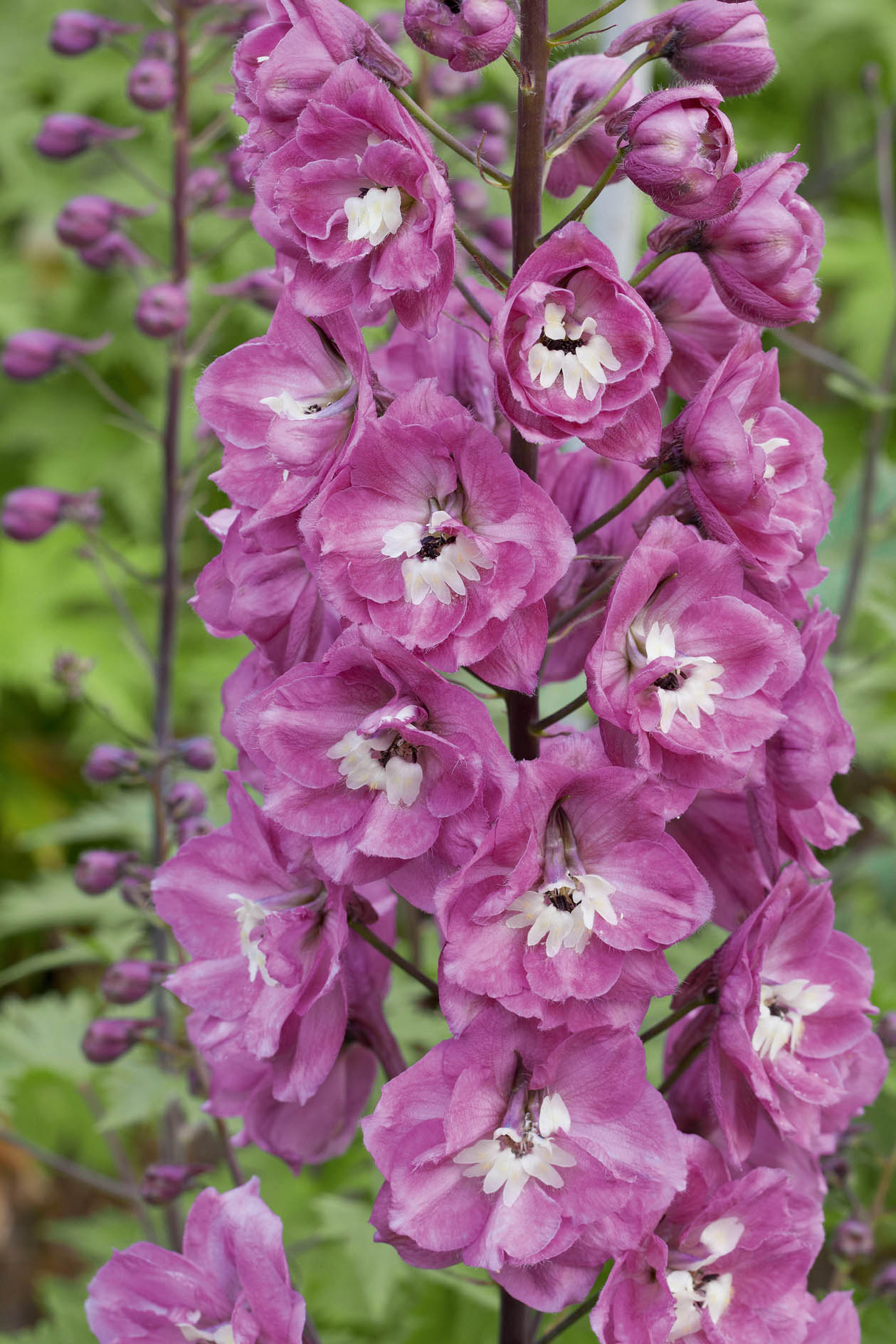
Delphinium elatum ‘Langdon’s Blue Lagoon’
If there were to be a quintessential delphinium, this is it. The plant stands more than 6ft tall, with a flower spike packed with sky-blue flowers that have a white centre. The flowers are made of two sets of petals that have a slightly ruffled edge. RHS Award of Garden Merit. £15, potted, from Blackmore & Langdons
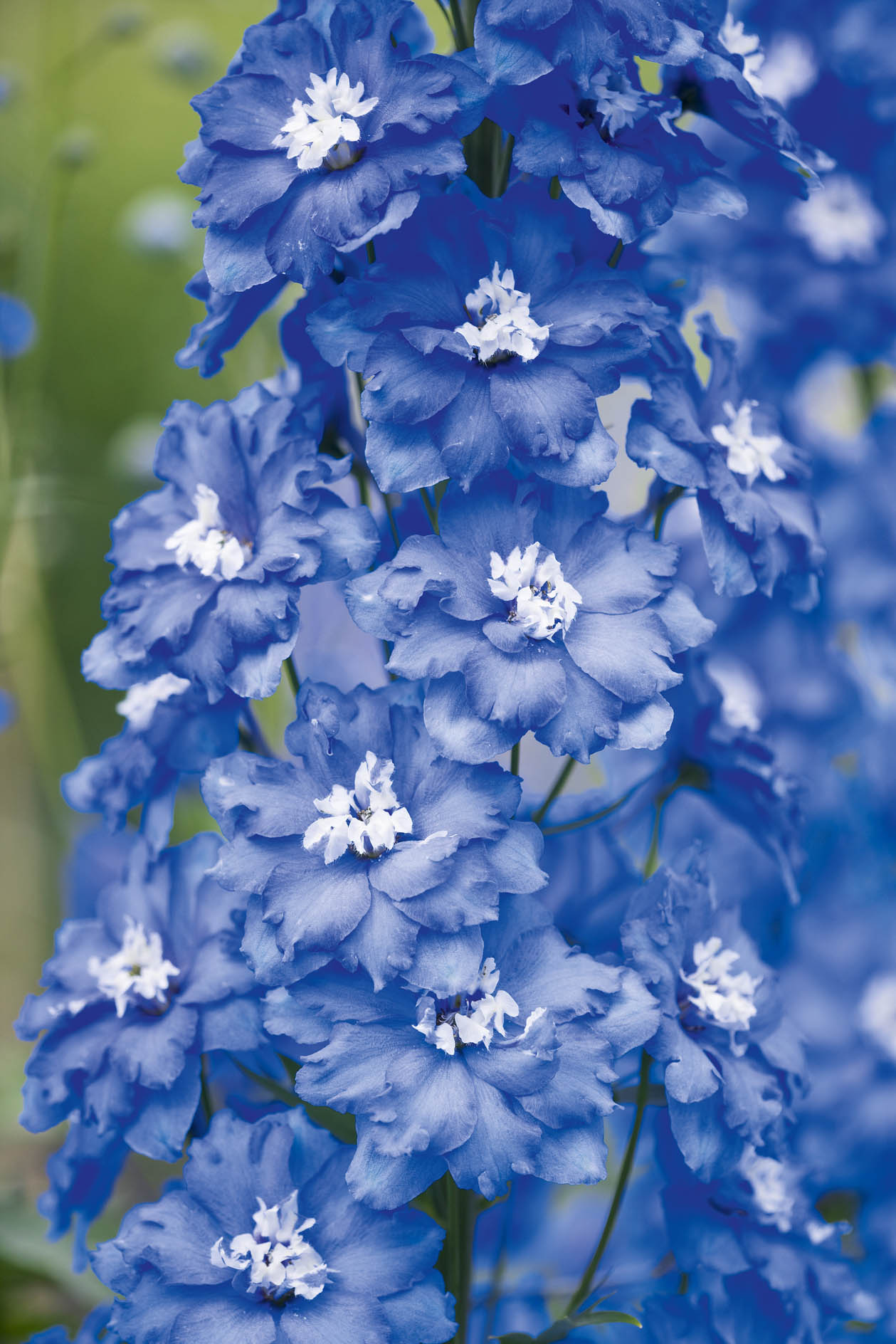
Delphinium ‘Lilian Bassett’
Sparkling-white double flowers with a contrasting black centre. Seed-grown plants are often sold, but these are usually inferior examples with dirty-white flowers. Available from Home Farm Plants in Bovingdon
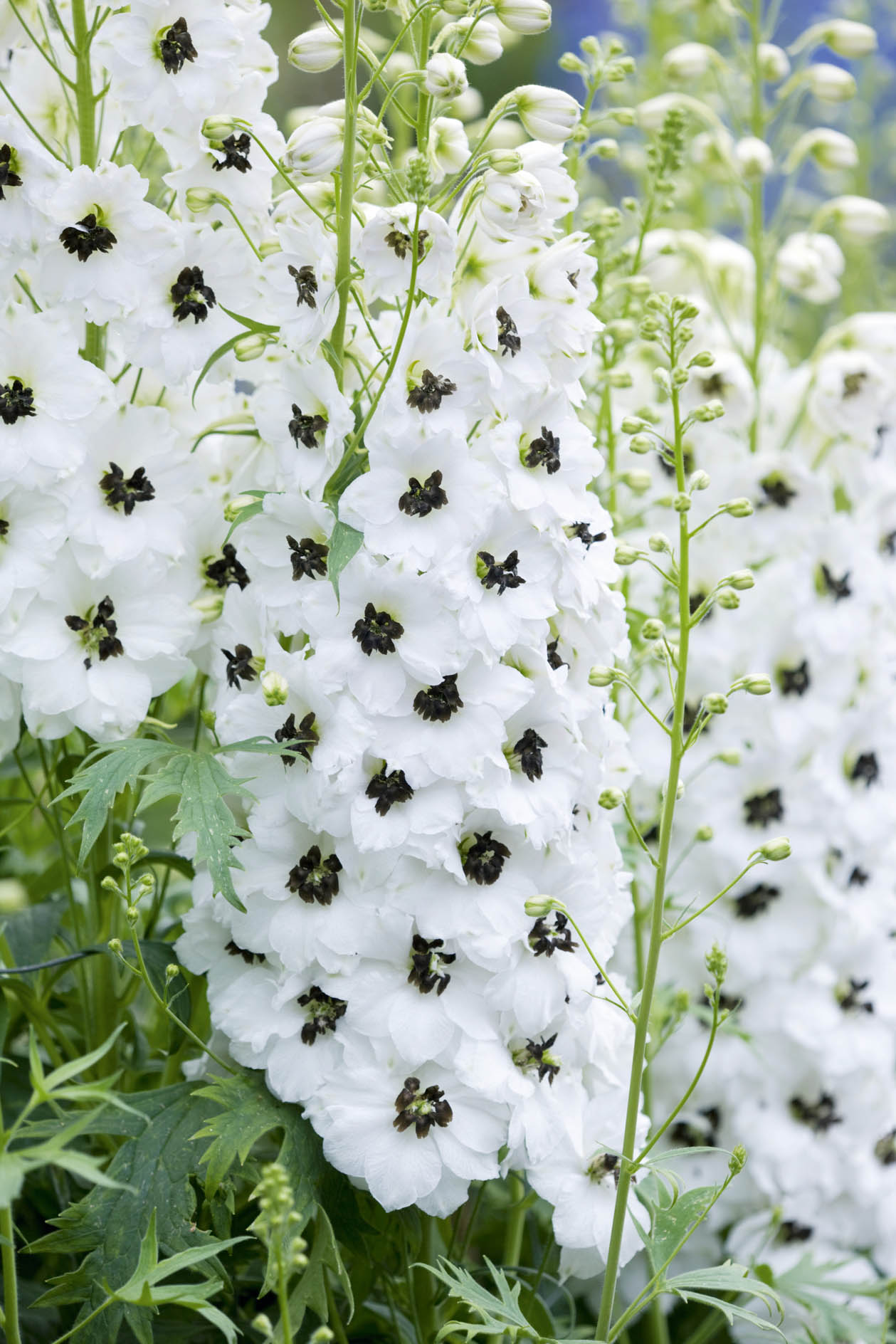
Where to see the best delphiniums in Britain
Aside from the big flower shows such as Chelsea and Hampton Court, fantastic displays of delphiniums can still be seen at Temple Newsam in West Yorkshire, and at Regent’s Park in London, where a colour-themed sweep of the flowers shines out against a protective yew hedge. Visit between June and early August when delphiniums are at the peak of their performance.

The history of delphiniums
The individual flowers of delphiniums are so intricate that they seem to be hand crafted, as exquisite as Meissen porcelain. In 1936, New York’s Museum of Modern Art celebrated the beauty of delphiniums by presenting an exhibition not of paintings nor sculpture, but of living plants. The delphiniums had been bred by Edward Steichen, at the time the notable chief photographer for magazine publisher Condé Nast. Steichen’s private passion was breeding delphiniums and the museum thought them so striking that they were worthy of display. The exhibition catalogue describes the plants as having been produced with as much creativity as any work of art. This may be the only time that the artistry of the plant breeder and the beauty of living plants have been celebrated in an art gallery.
Steichen’s plants were cultivars of Delphinium elatum. Although there are about 300 species of delphiniums in the wild, mainly in southern China, very few have been used to breed garden-worthy hybrids. D. elatum is among the tallest of the species and more floriferous than most others. It is now a parent of the majority of the perennial hybrids.
At the end of the 19th century, the French nurseryman Victor Lemoine, renowned for introducing many new forms of overlooked plants, began producing spectacular delphiniums by crossing Delphinium elatum with other species. Lemoine had a sharp eye for the commercial potential of plants and when his work was carried on in Britain by James Kelway, it produced a minor ‘Delphinium fever’. Every gardener wanted to grow the new hybrids. Later, in the middle of the 20th century, Charles Langdon and James Blackmore championed the genus and introduced many hybrids. The nursery that still bears their name is the one that presents those spectacular displays at Chelsea.
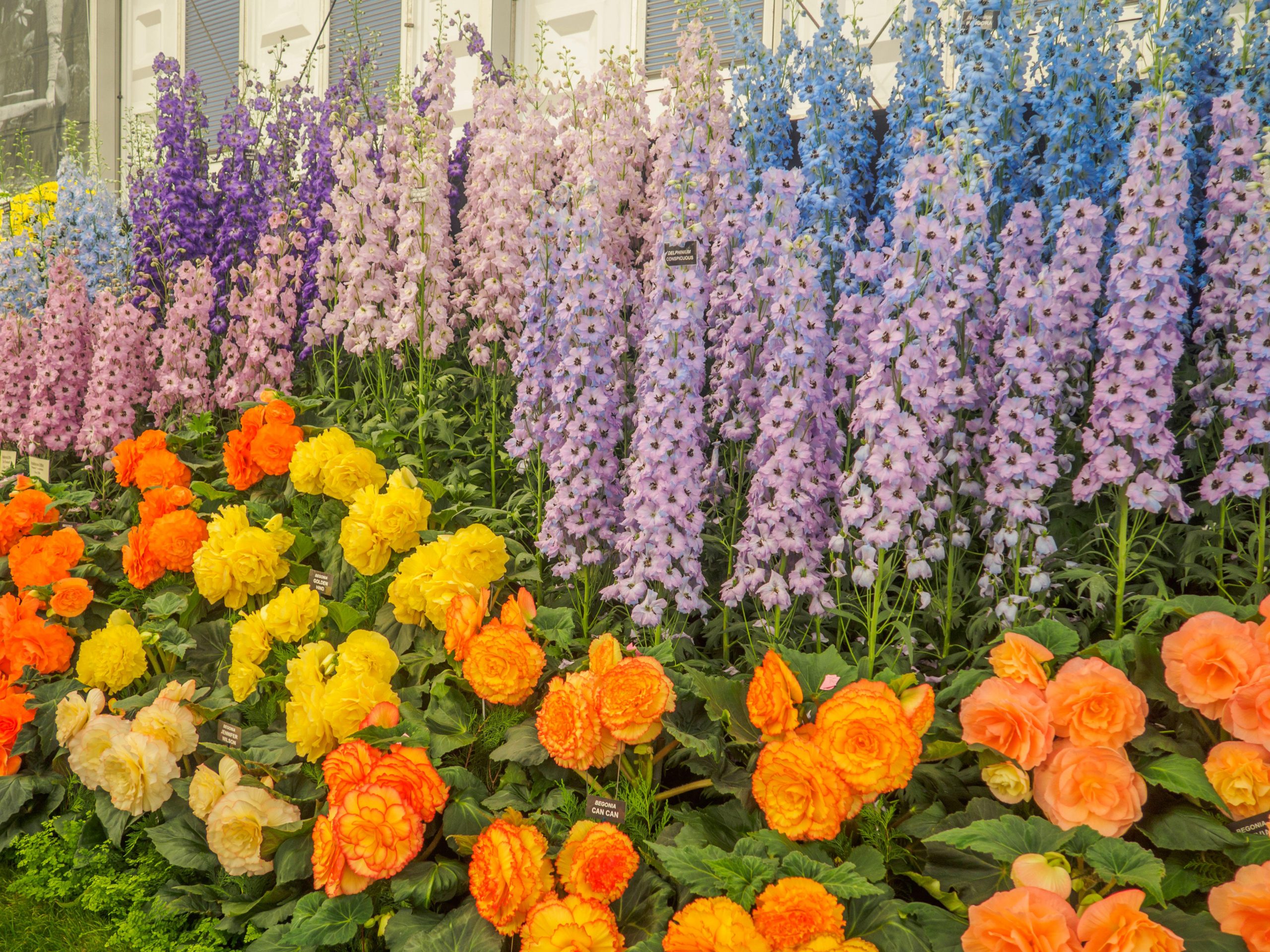
Delphinium hybrids are produced vegetatively by taking cuttings, which is a labour-intensive and, therefore, expensive process. Seed-sowing can create many more plants and there are several seed strains of delphiniums. The first of these appeared in the 1930s in California, US, and were marketed as the Pacific Hybrids. This and other seed strains enable nurseries to cheaply supply large numbers of delphiniums that are uniform in size and colour, even if the plants are not identical.
Seed-grown plants often flower in their first year after sowing, but are not long lived and are best treated as annuals. None of the seed strains produce plants that are as full of flowers as the named hybrids.
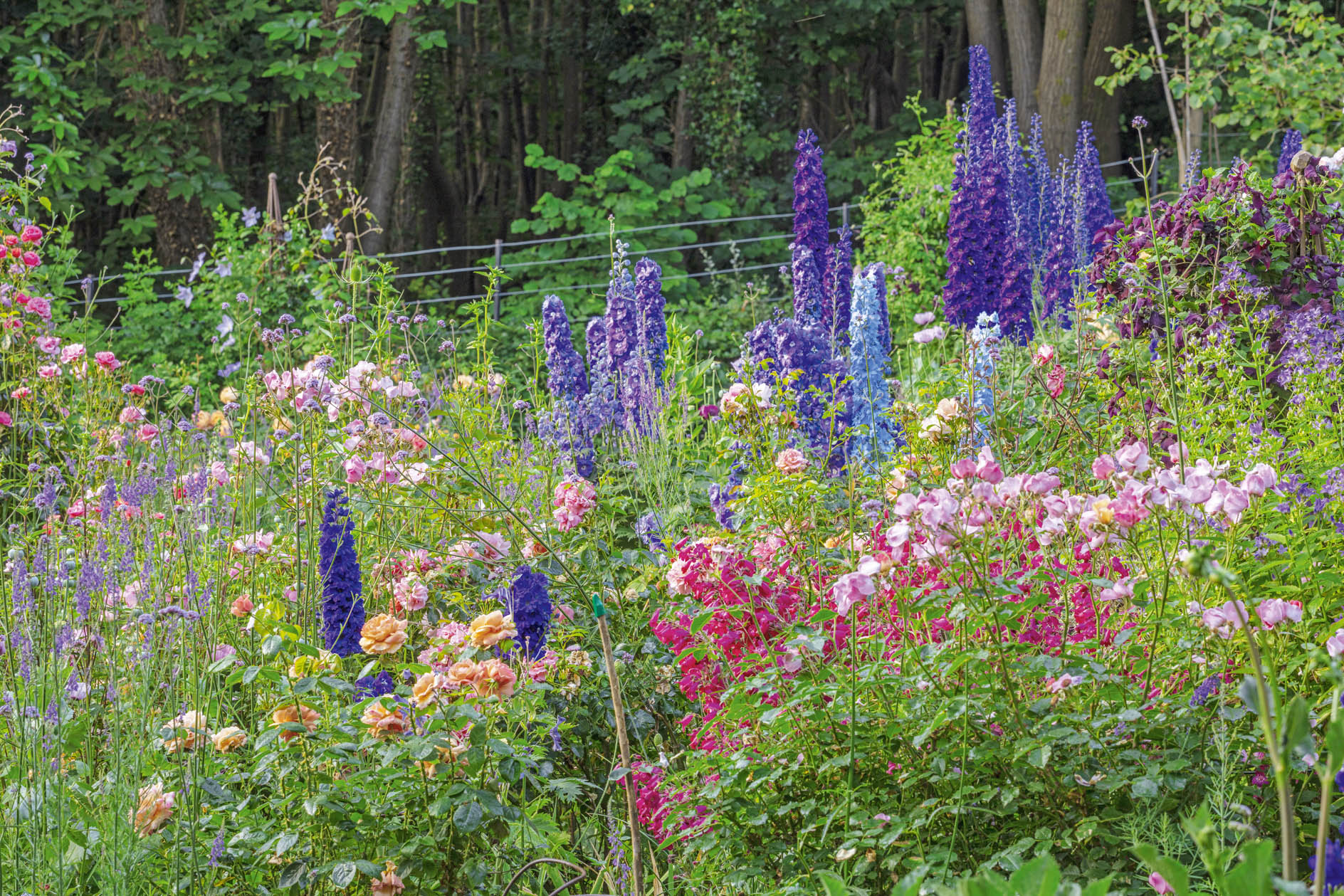
Delphiniums are best seen in traditional herbaceous borders and are little used by contemporary garden designers: they are not companionable plants and sit uneasily in modern, naturalistic planting schemes or fashionable, prairie-style gardens. Their ambassadors are nurseries such as Blackmore & Langdon’s, plant societies and enthusiastic amateurs, who carry on growing established varieties and breeding new ones, striving for plants that are more vigorous and longer lived, with a wider range of colours that do not fade with age.
Although most traditional gardeners might prefer their delphiniums to have blue or white flowers, there are now hybrids with pink or creamy-yellow ones, with the promise of more colours on the way. These new hybrids will ensure that delphiniums always have a place in the garden and on the show bench and perhaps, one day, they will find their way back into an art gallery.
John Hoyland is a renowned gardener, writer and plantsman, and is the garden adviser at Glyndebourne. You can follow him on Twitter @johnhoyland.

Clematis: Don't plant climbers — plant clamberers
John Hoyland, the gardens adviser at Glyndebourne in East Sussex, on clematis.
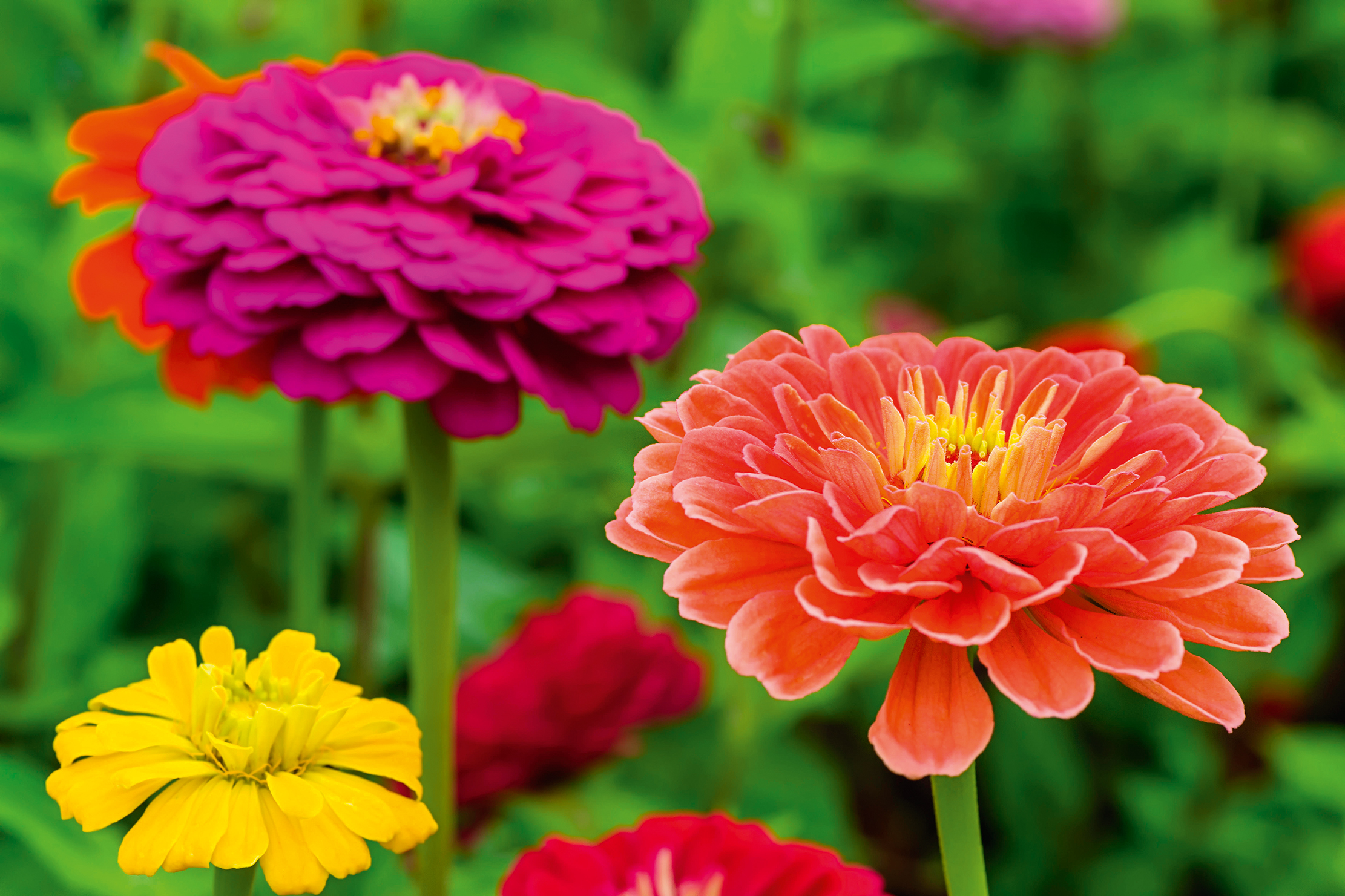
John Hoyland: The flowers to grow to create your own dye — just as they do at Glyndebourne
John Hoyland, gardens advisor at Glyndebourne, on the extraordinary dye garden that is now being used to create costumes for

Credit: Alamy Stock Photo
John Hoyland: The tree planting blunder that kicked off my long line of gardening mistakes
When it comes to trees, says John Hoyland, the more the merrier — but only within reason.

Umbellifers: The plants with 'bold structure' with soft, frothy flowers that have an ethereal quality
Their frothing flower heads and bold structure give a relaxed country feel to any garden, but John Hoyland — gardens advisor